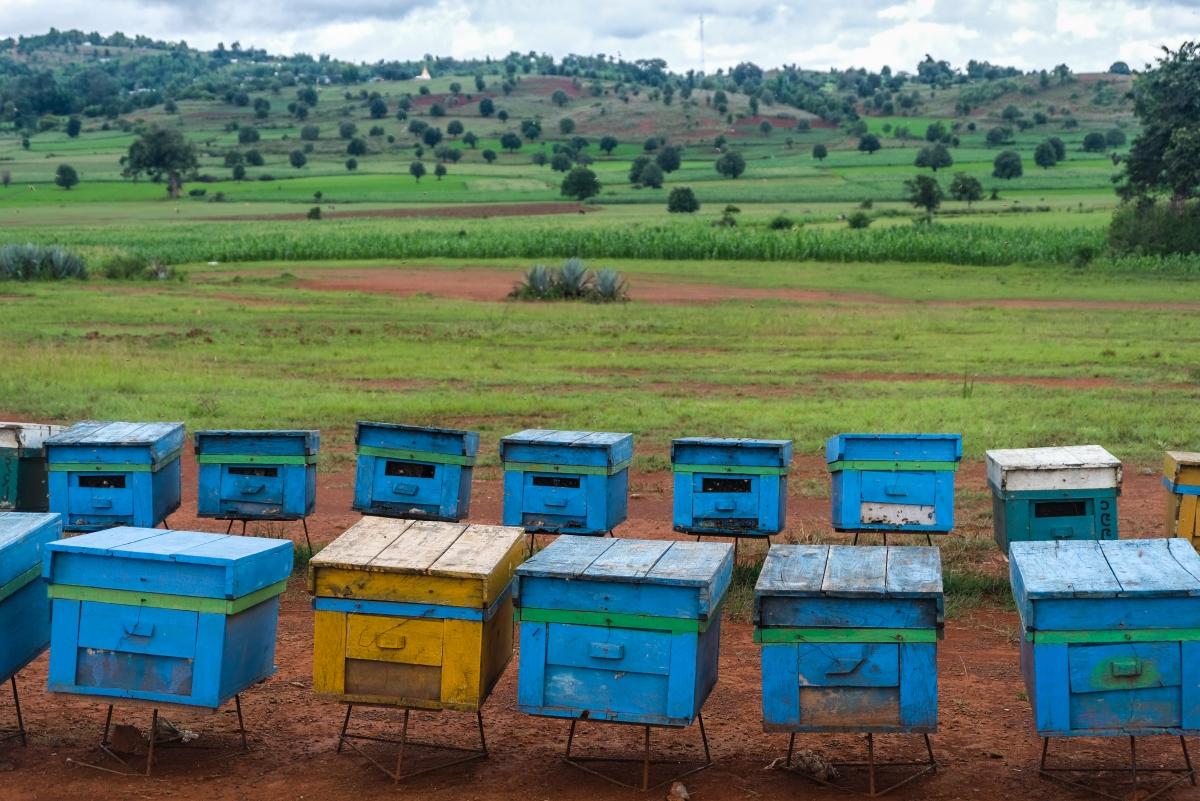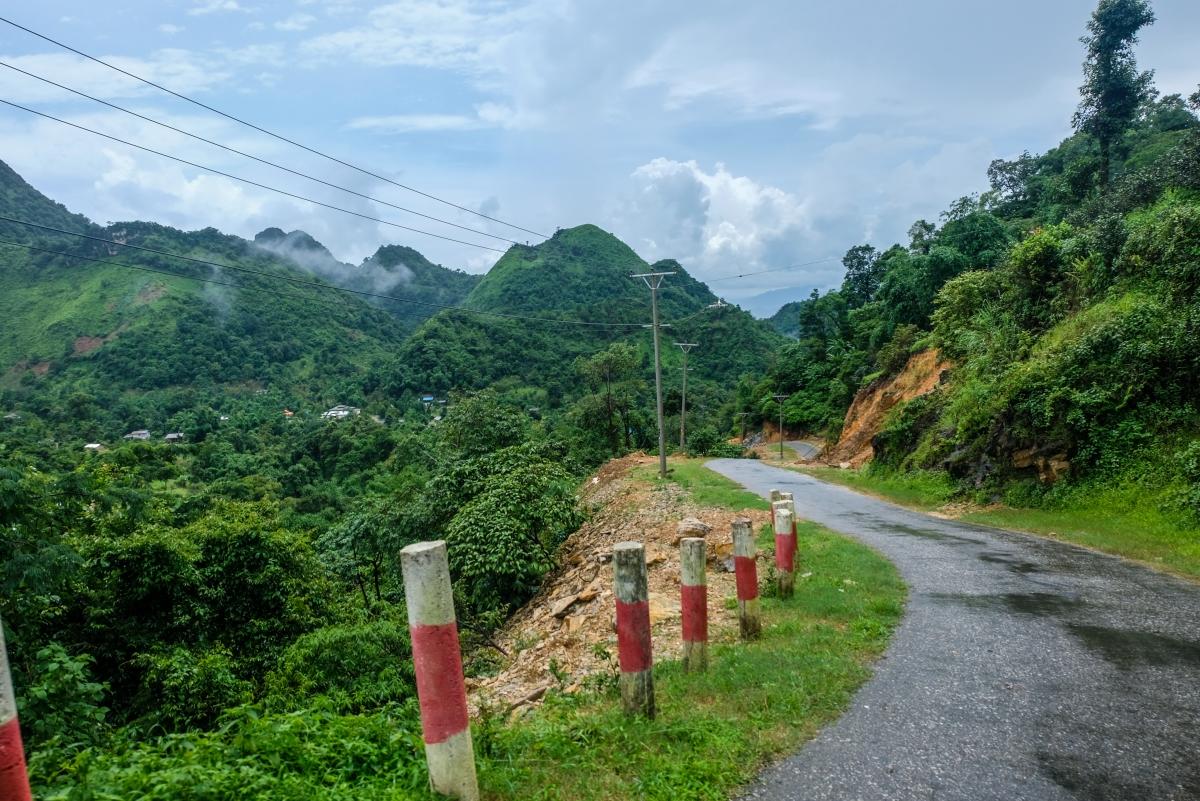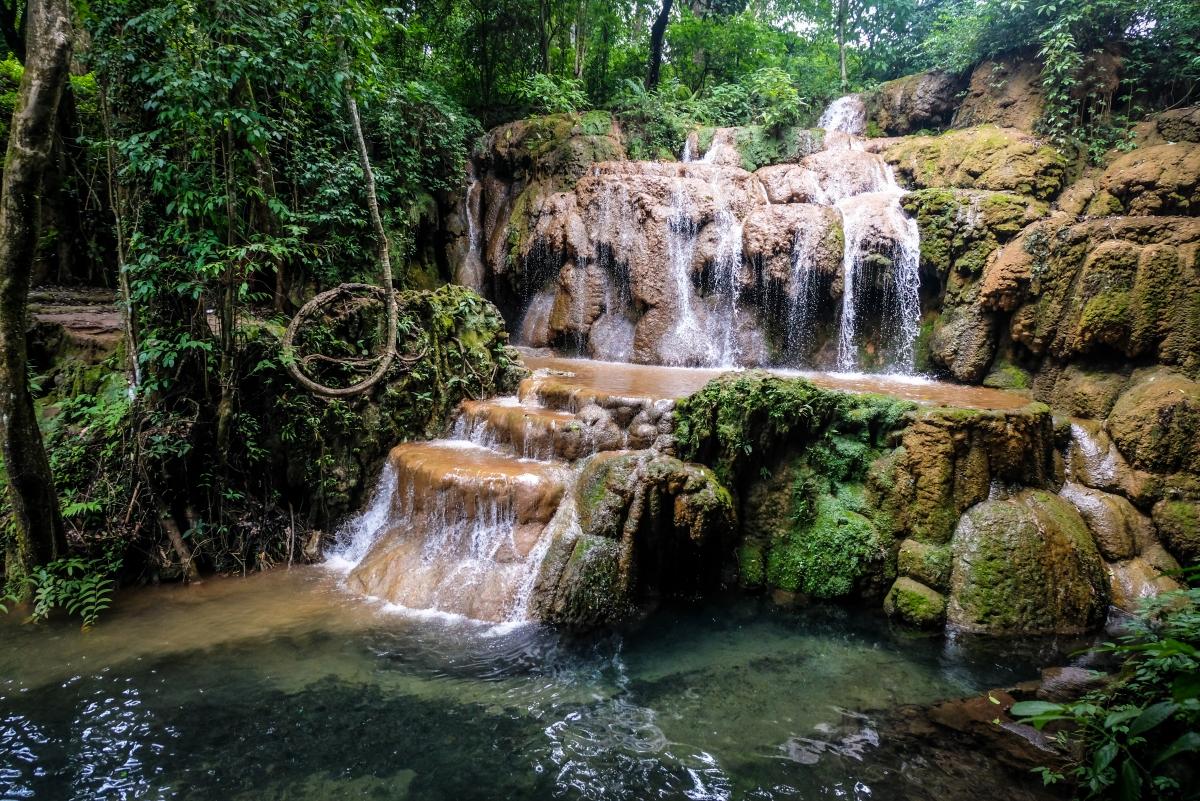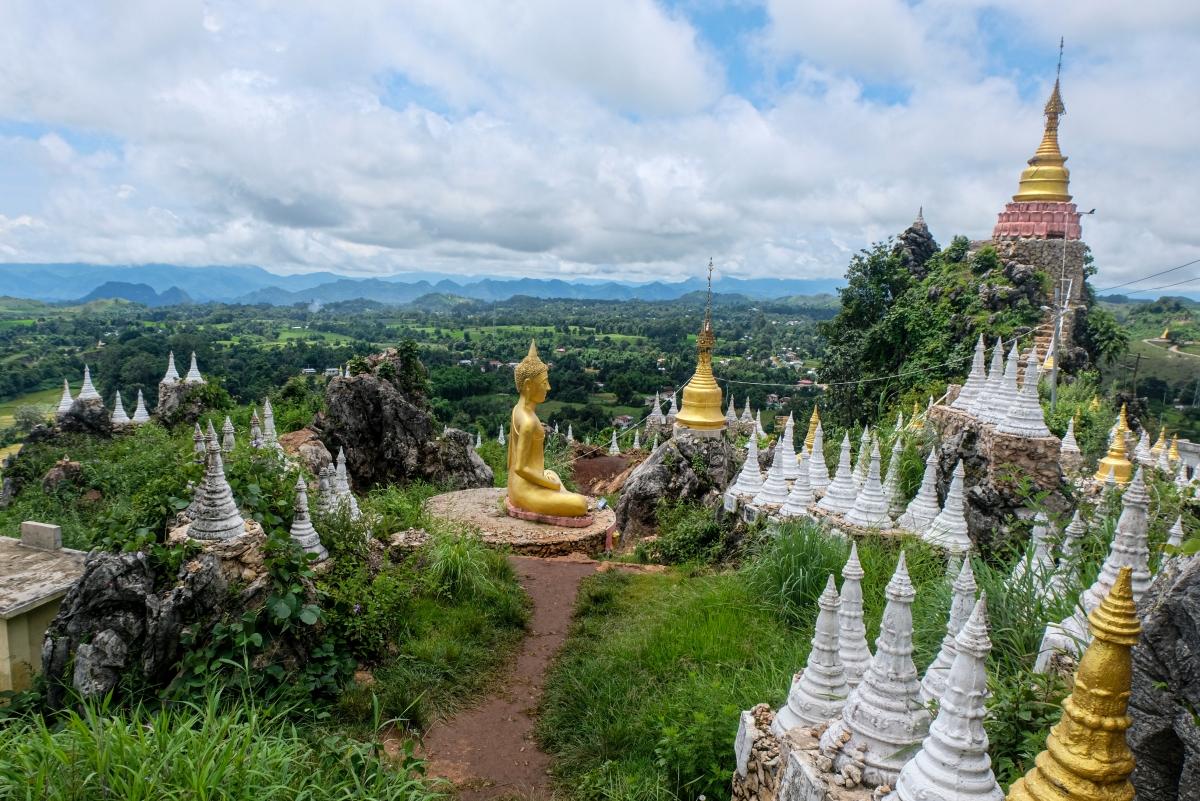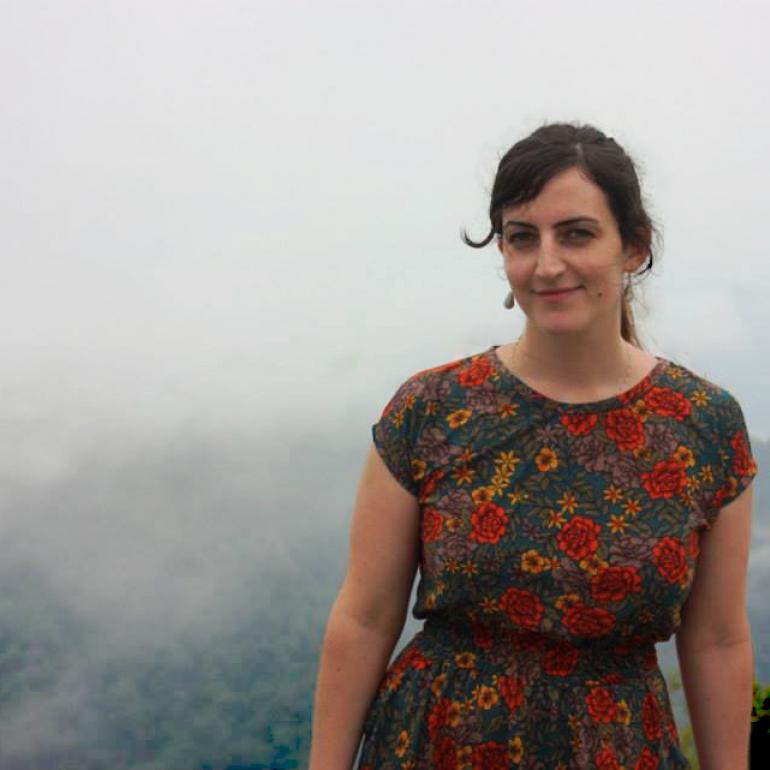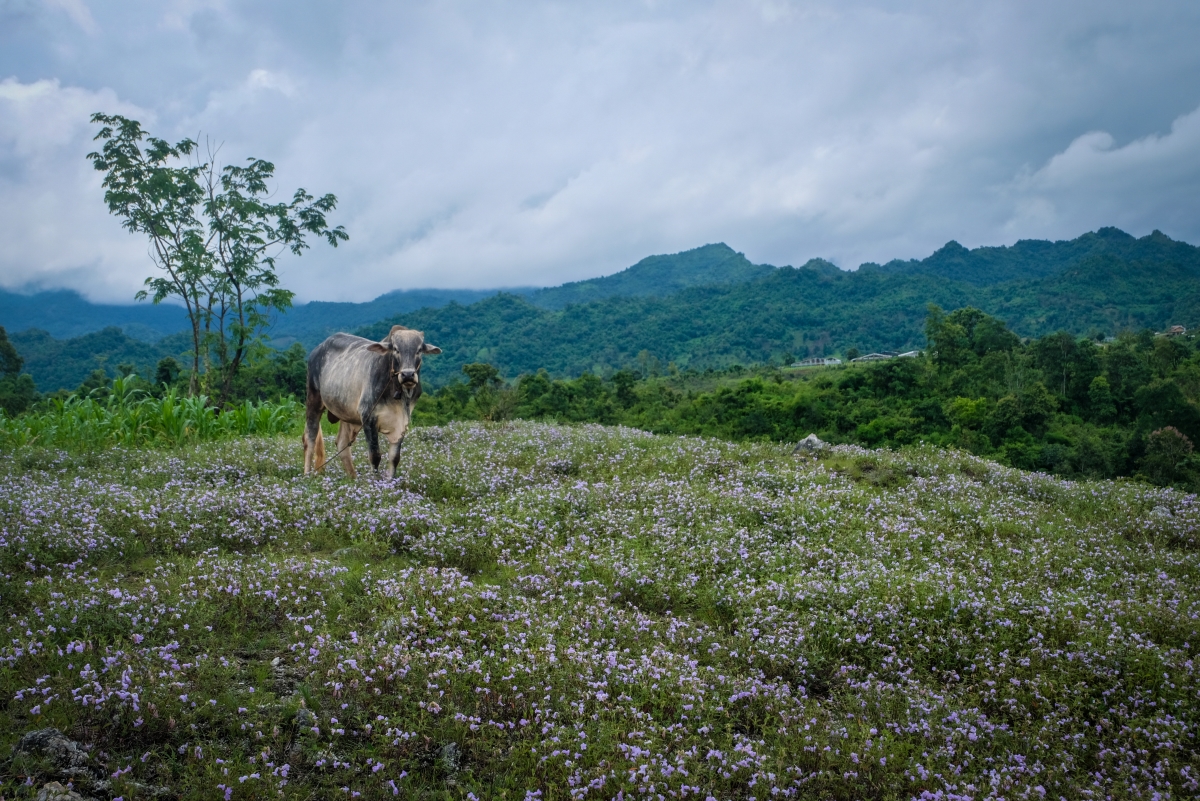
Inle Lake is one of the most familiar attractions in Shan state; most of us have visited its touristy workshops, maybe cycled around its gateway town of Nyaung Shwe or sipped some local wine at the Red Mountain Estate. Now though, it’s time to helmet up and hit the hills for a proper adventure.
A two-day, 220-kilometre motorbike loop from Nyaung Shwe to Pindaya to Ywangan and back takes you through cloud-hugging mountains, patchwork farmland and lush coffee plantations. For many of us, the gorgeous Shan state reveals itself in a whole new light.
While local travellers have always had the option of renting motorbikes, at least two agents in central Nyaung Shwe now rent to foreigners. It costs about 10,000 kyats per day and includes basic helmets. Due to uncertainty on laws surrounding foreigners renting motorbikes, exact details won’t be listed here. (Hint: at the market, look out for large, obvious posters offering motorbike rental services.)
Day 1
Set out early towards Pindaya and drive along the main road as far as Heho (or take the quicker back road out of Nyaung Shwe). Once you turn right onto the smaller road towards Pindaya, you’ll swap articulated trucks for ox and carts, sunflower fields and small Shan and Danu villages. The scenery along this unnamed route is excellent–low-rolling hills dotted with rows of beehives and a horizon of low blue mountains in the distance.
After about two hours, you’ll arrive in Pindaya where you can eat a good rice-and-curry lunch at a restaurant facing the lake in the town centre. If you like caves full of Buddha images, you’re in luck because the town’s famous Shwe Oo Min Cave has 8,000 of them. (At the time of writing, the cave was closed due to Covid-19 restrictions).
After lunch, choose whether to take the “shortcut” through the mountains to join Route 411 for Ywangan, or continue on the easy, scenic Route 41 going south around them.
The mountain road is well surfaced but narrow. It can save a few minutes on your journey time but with so many hairpin turns, steep inclines and descents, only confident drivers should take it on. Even still, there may be some obscene language when you meet another vehicle on a tight bend shouldered by a hundred-foot drop.
Ears will pop on this white-knuckle ascent into the clouds. Tea fields fall away on the hillside below and soon you’ll be among the peaks with fluffy clouds below. Stop to put on a warm jacket while your health insurance policy pops into your mind.
Descend to join the larger Route 411 and zip north towards Ywangan along picturesque roads lined with tall eucalyptus trees.
For the easier low-road option, take Route 41 south from Pindaya to go around the aforementioned mountains. After 20 kilometres you’ll come to Kyone junction. Turn right onto Route 411 and travel north towards Ywangan. Both routes take around three hours by motorbike.
On the approach to Ywangan, the deep green curly-tipped leaves of coffee plants can be seen all around. The Arabica plants grow in sprawling plantations and just about every garden under shade. Several aid programmes in Shan state have been working since the 1980s to promote coffee as a crop substitute for opium. Today, Ywangan township is famous as the seat of specialty Myanmar coffee now exported all over the world.
Myanmar’s award-winning Genius coffee is grown around the township and processed at a plant just north of the town. They offer tours of the coffee production process, though the service was suspended due to Covid-related restrictions as of early August. The connected Genius Coffee House is a fantastic café that also serves excellent Shan dishes with most of the ingredients grown right there in the garden.
One of the few hotels (perhaps the only one) in Ywangan accepting foreigners is Shwe Gue Gu. You won’t go gaga over the decoration but it’s clean and has a decent restaurant where you can discuss the day’s events over a beer.
Day 2
The next morning, fill up on Shan noodles and Ywangan coffee before setting out on a leisurely drive south. You have at least four cool stop-off points before hitting the main road at Aung Ban and driving back to Nyaung Shwe.
First, the famed Blue Lagoon (30 kilometres south of Ywangan on Route 411) is a small, vividly coloured pond in a gorge surrounded by thick vegetation and a whole lot of superstition. It is believed to be protected by a spirit and disturbing the water can bring bad luck to your entire village! Because of that belief, swimming is banned and the place is happily clean of litter. The pond water is clear and deep and you’ll see large black fish swimming around the bottom.
A little further off the main road is Taw Kyel Waterfall. It’s not hugely impressive in height or beauty but there’s a decent pool for swimming and some shops where you can grab a simple lunch and top up your water supplies.
Another eight kilometres south on Route 411 is the hard-to-miss Main Ma Ye (Brave Woman) Thakinma Mountain. Nine massive standing Buddha images rise up almost as tall as the rocky outcrop as you approach from the main road. Even more impressive is the view from the stupa-studded top: miles of rolling green hills framed by blue mountain peaks at the horizon. Listen for the roar of the dammed river far below.
This is the area where iconic patchwork landscape photos of Shan state are taken, but find the right hill to climb for the most impressive view. For this, continue to Myin Mu Hill in a village 13 kilometres south. You’ll think you’re lost when the road turns into a cabbage patch but persist through and on the hilltop is a sweeping vista of the colourful farmland. The winter months (November to February) flaunt the greatest array of hues.
It takes around four hours of driving to return from Ywangan to Nyaung Shwe. You’ll probably roll into town with a sore bum and sunburn but the memories and photos of your two-day Shan hill adventure will stay with you much longer.

